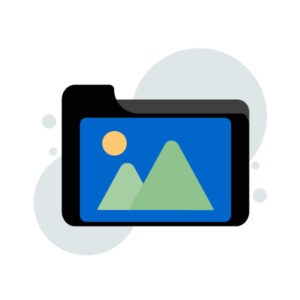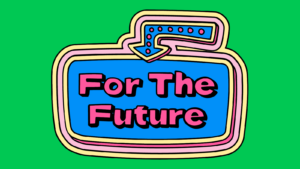By John Allan
It sounds simple. The syllabus calls for guest speakers in the classroom. Inviting experts into your classroom is a great idea! The students see a fresh face with a new style and the instructor gets a well-deserved rest. But it is not that simple. Often, after the guest speaker starts their presentation, the teacher gets an uneasy feeling.
The visitor is speaking too quickly, using unfamiliar vocabulary or acronyms, reading directly off a paper or a PowerPoint, not acknowledging the students or sharing target information.
By this time, it is too late; the speaker is diligently moving through their session, and the students are nodding and smiling as they pretend to understand what is going on. Ok, this is a nightmare scenario, but I am sure some of you have experienced something similar.
To be fair, some guest speakers nail it and deliver the topic at the students’ level using engaging strategies to ensure that the audience is informed and entertained. Rather than expecting outside expertise to arrive well prepared, I have tried several techniques to increase the level of engagement and learning for my students. These are listed below. I am sure that you have already used many of these.
If you know of alternate means to make the guest speaker experience better, please comment below this post.
Enhancing guest speaker events
Please be kind as guest speakers are volunteering their time for what they feel is a worthy cause.
Preparing the guest speaker
- Ask to review the guest speaker’s media (video, slide show, animation, audio) with the aim of ensuring vocabulary, acronyms, concepts and cultural sensitivities are addressed well ahead of the event.
- Suggest that they speak at an appropriate speed and provide a demonstration. Possibly model the pace and tone that will work with your students.
- Ask them to be aware of key terms in their talk (provide visuals or explain acronyms or important vocabulary). Or, ask them permission to introduce these items in pre-talk activities.
- If locations are involved in the topic, ensure that maps are projected/provided to show the students where the place is in relation to them. Google Street View may be useful, as it shows a map and a 360 degree perspective of the location.
- Discuss the subject matter or issue leading up to the talk. Why is this issue/ service important to the learners.
- Inform the speaker about the students’ language level, nationalities, professional aspirations, interests and attention span.
- If they are not aware, inform them about your institution and students (especially cultural sensitivity).
- Ensure the audiovisual set up is ready and tested before the speaker starts.
- Arrange for an on call technical assistant to assist the guest speaker with the technical aspects of the event before and during the session.
- Invite the speaker to be early, offer coffee or lunch\ breakfast.
- If the topic lends itself to an activity, suggest that the speaker incorporate an activity into the session.
- Discuss the ground rules for the presentation with the speaker. Ensure that both you and the speaker are comfortable with these. Communicate these with the students before the session commences.
Preparing the students
- Ensure the students are familiar with key terms that are related to the subject.
- Ensure that the guest speaker’s topic is relevant to the course and the class’s current unit of study.
- Solicit students’ experience, knowledge or opinion related to the topic well before the guest speaker’s appearance.
- Challenge your students with questions related to the guest speaker’s theme. Discuss these ahead of the event.
- Remind students about session ground rules. Appropriate behaviour consensus may include reminders about eye contact, mobile phone settings, back channelling, questioning, peer discussion, website resource checks and body language during the session.
- If applicable, prepare a worksheet that the students must complete during the talk. Many speakers and teachers do not like this option as it may seem to the speaker that the students are not paying attention, while others like this as some learners find it to be more engaging activity.
After the session
- Follow up the session with a writing activity that is focussed on thanking the guest speaker for their expertise and time.
- Send the guest speaker a formal communication thanking them for their time and knowledge with a few samples of student work. This may make it easier to get the speaker back for next year’s class. Possibly, provide the guest speaker with a thank you card, gift certificate or memento of the occasion.
- If time allows, set an assignment that allows students a collaborative and creative task related to categorization, conclusions, or trends based on the speaker’s topic. Try to allow for open expression using a medium that the students choose.
Possible example may include a/an:
- audio commentary
- short video
- visual collage
- class web page post
- animation
- blog post
- wiki page
- infographic
- cartoon
- poem
- Twitter tweet
- newspaper article
- press release
- mind-map
- poster
- hierarchy chart
Final thought
While instructors’ experiences with guest speakers vary, we a can all benefit from these lessons learned from the language teaching community. If you have other ideas or suggestions, please comment below.




